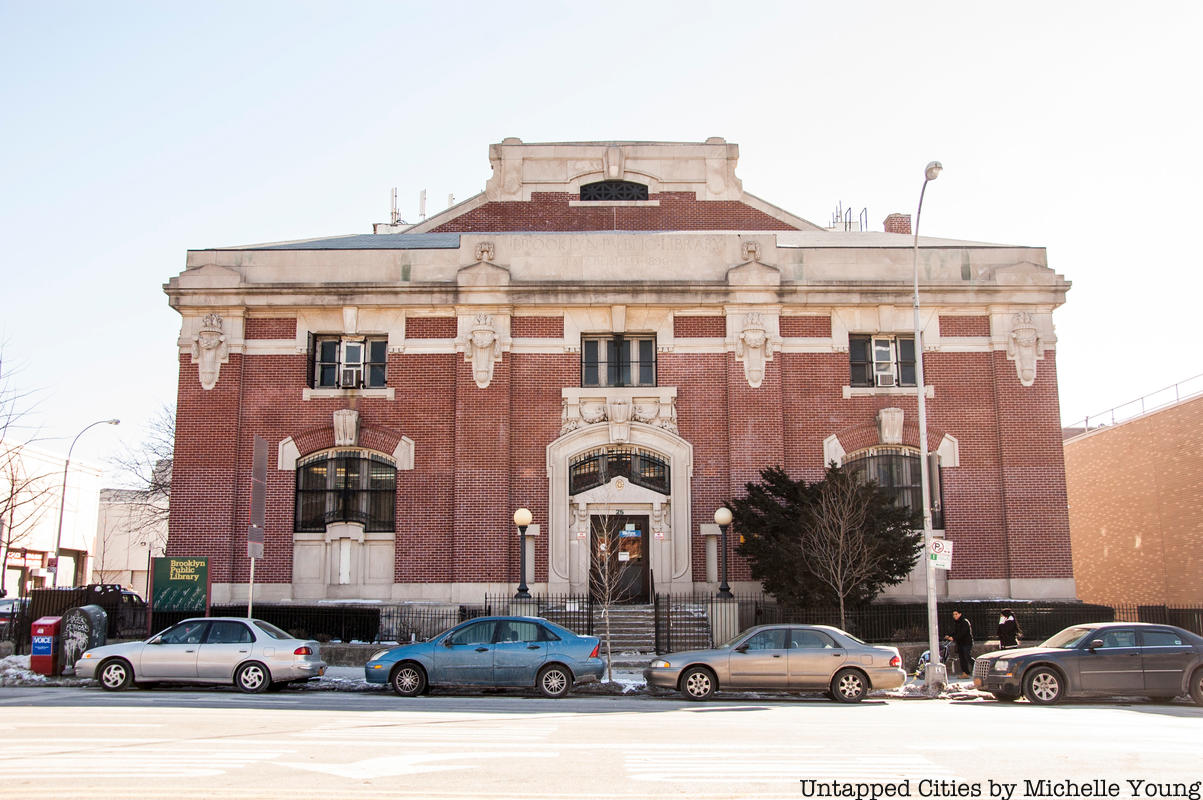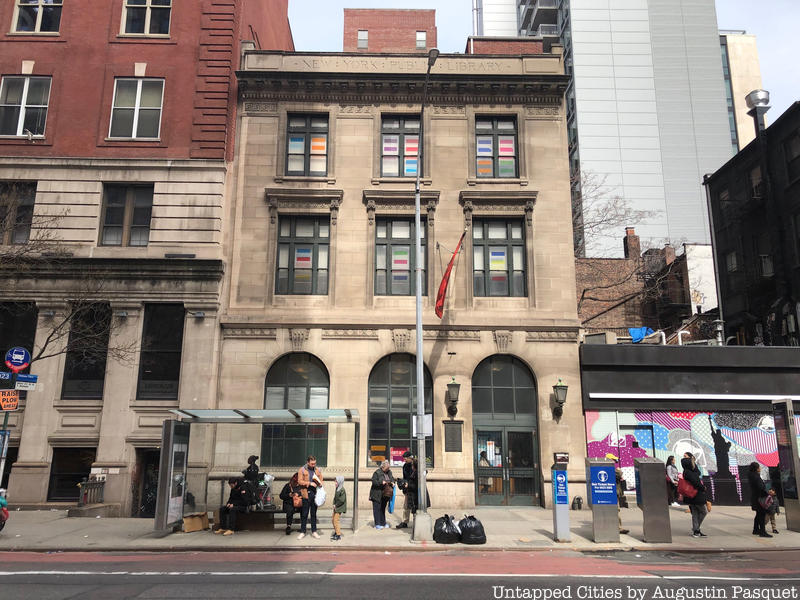
Andrew Carnegie (1835-1919) was among the wealthiest industrialists of his day and the fourth wealthiest of all time. Upon the sale of his steel company to J.P. Morgan for $480 million in 1901, he retired from business and set about distributing his fortune. His philanthropic career began around 1870, in support of projects worldwide, in which he gave away nearly ninety percent of his fortune, about $350 million (about $6.5 billion today). $40 million of this money went toward the building of 1,679 library buildings throughout the United States. The Carnegie Committee had a policy of locating its libraries in close proximity to schools, YM/YWCA’s, and social service centers. Many still serve as libraries, some on the National Register of Historic Places.
In 2009, the Historic Districts Council (HDC) initiated a survey to document the existing Carnegie Libraries throughout New York City. They are among our most historically significant buildings, distinct in location and structure. Of the 65 branches built from these funds, the existing 53 Carnegie libraries are located in all five boroughs. 17 in Brooklyn, 8 in the Bronx, 4 in Queens, 4 in Staten Island and 20 in Manhattan. Below is a sampling from each of the boroughs.
1. Muhlenberg Library, Manhattan

The Muhlenberg Library located at 209 West 23rd Street was designed by the architectural firm of Carrere & Hastings in 1906. The Muhlenberg Branch was one of fourteen Carnegie libraries built by this firm. In 1920, the front steps and iron pipe rail fence in the front were removed, the two basement windows were filled with granite, in order to match the base. This three-story, brick and limestone structure was named for William Augustus Muhlenberg, who was the first rector of Chelsea’s Church of the Holy Communion, a place you may be more familiar as the ’90s nightclub Limelight and now a shopping mall. The Muhlenberg Library was renovated in 2000 to preserve historic details and make the building wheelchair accessible. It was officially designated a New York City landmark in 2001.





